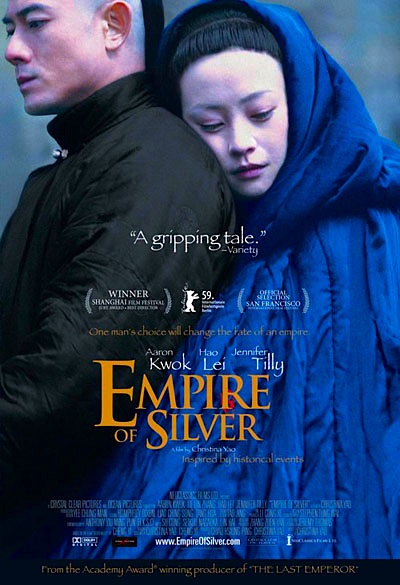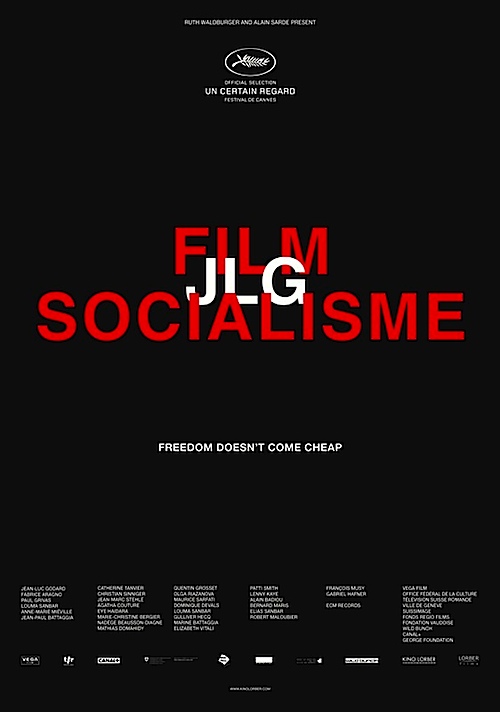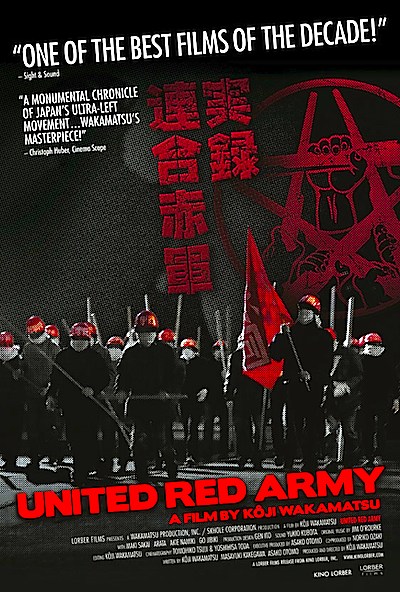
By Joe Bendel. They were part of the Finnish Greatest Generation. In the notorious Winter War and the subsequent Continuation War, small democratic Finland went toe-to-toe with the Soviet Empire, putting the Allied forces in a difficult diplomatic position. Prominent Finnish husband and wife architects documented the physical destruction of the war and the emotional toll it caused in the letters and Super-8 films director Pia Andell edited and molded into the compelling documentary Y in Vyborg, which screens today as part of DocPoint’s tenth anniversary celebration in New York.
Ragnar Ypyä, or “Y” as he was simply known, had a bustling architectural firm in the eastern border city of Vyborg. Martta (or “Mirri”) Ypyä complimented her husband as a near perfect draftsmen. Together they raised a family and led prosperous, professionally rewarding lives, until the Soviet bombs started falling.
During the Winter War, Finland was fighting an Axis-aligned power. However, when the Continuation War began, Stalin had since joined with the Allies, while Germany provided limited support to Finland. Yet the Finns were still fighting to protect their independence and democratic system of government, while the Communist forces were still fighting a war of imperial conquest. Though Vyborg largely focuses on the personal, the grit and resolve of the Finnish people comes through forcefully. So does the constant stress and frustration expressed by the Ypyäs as they struggled with their involuntary separation and numerous privations during the war years. Continue reading The Soviet War against Finland: LFM Reviews Y in Vyborg




